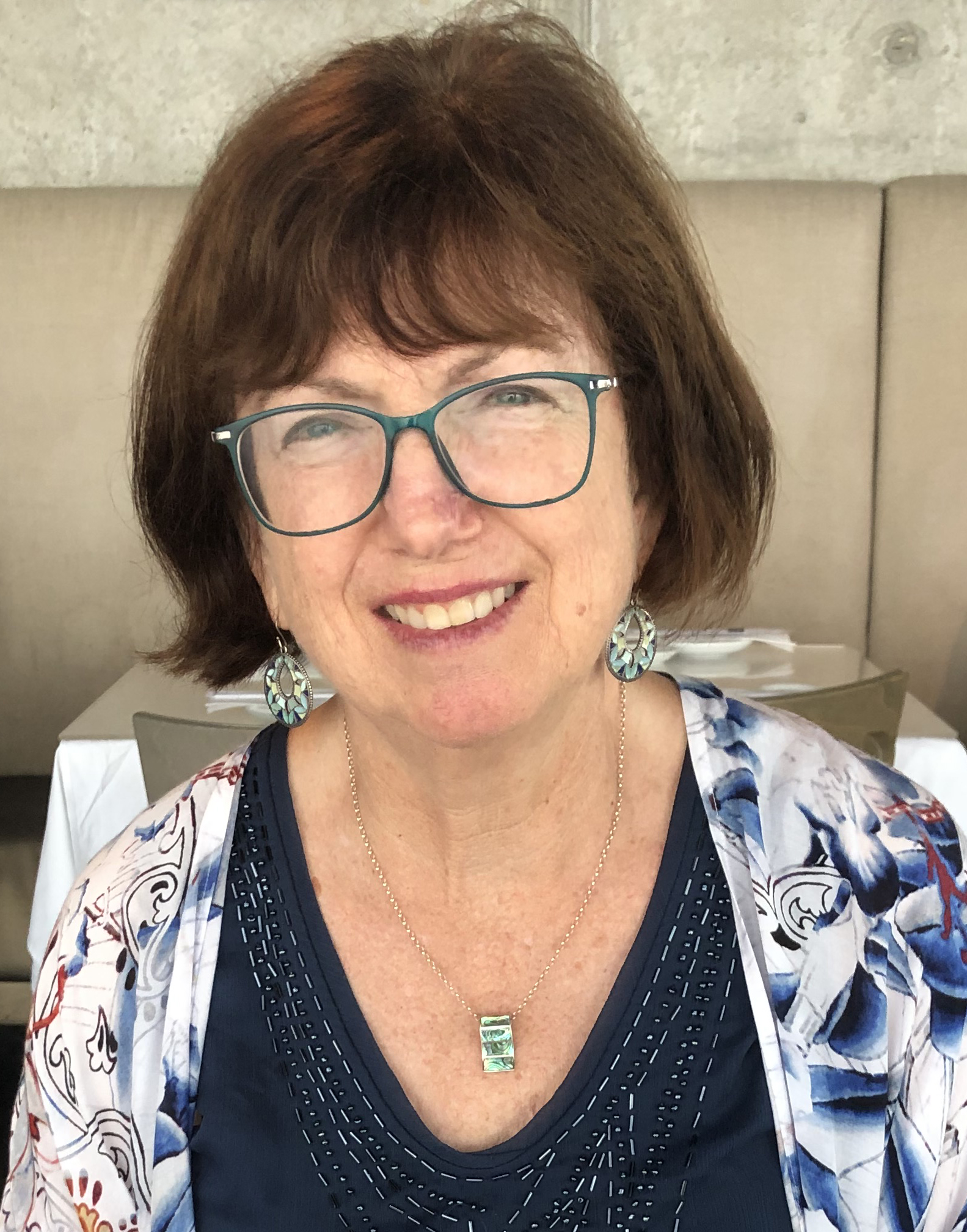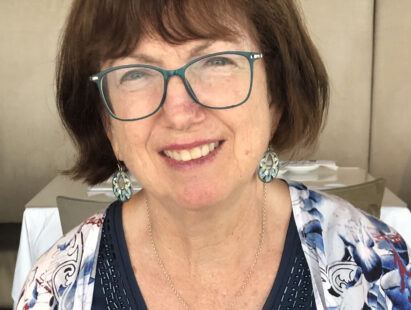Over the last 25 years, Walker’s research has focused on advancing the understanding of circulation in the Gulf of Mexico by developing techniques to detect and track coastal and oceanic water masses. She has been involved in the real-time surveillance of Gulf of Mexico circulation (river plumes and Loop Current) since 1991. She served as Associate Director of LSU’s Earth Scan Laboratory (www.esl.lsu.edu) alongside founder Oscar Huh, and became its Director in 2003. She has managed research programs funded by NASA, NSF, MMS, USACOE, LA Board of Regents, NOAA Sea Grant, GCOOS, GOMRI, and the Water Institute of the Gulf.
Walker’s experience includes the near real-time use of geostationary satellite measurements (from GOES-East) to track hurricanes/tropical storms and to improve understanding of air-sea interactions related to hurricane intensity changes over the Loop Current and GoM warm and cold-core eddies. Her use of satellite data for emergency response activities includes oil spill tracking during the 2010 Deepwater Horizon event, coastal flood mapping of storm surge, estuarine-shelf and shelf-slope exchanges after hurricane events, tracking Mississippi River flood waters and harmful algal blooms in coastal Louisiana. Much of her research integrates satellite data with in-situ measurements of currents, suspended sediments, and chlorophyll a. Her published research includes field and satellite studies of Louisiana bay and shelf circulation, understanding the role of Loop Current frontal eddies in GoM circulation, how hypoxia relates to shelf chlorophyll a; and storm erosion of coastal Louisiana. She has worked with at least a dozen numerical modelers of circulation, sediment transport, and ecology in her career at LSU.
She has managed the development of satellite data products in support of Education and Outreach as well as science from a 20+ year history of polar-orbiting and geostationary satellite sensors (AVHRR, GOES-East GVAR, Oceansat-1 OCM, MODIS, VIIRS). Daily-updates of images and animations of coastal hazards and events are made easily accessible to the public on the Earth Scan Laboratory web page (www.esl.lsu.edu). Currently she and staff are developing new SST products from the new Advanced Baseline Imagery (ABI) of GOES-16 and coastal sediment products from VIIRS.
Walker is a motivated advocate for the use of satellite data as a teaching tool in K-12 education and has participated in Louisiana Sea Grant’s Ocean Commotion event for K-8 students at LSU for ~20 years! She teaches an undergraduate course entitled “Introduction to Oceanography” and a graduate level course in “Satellite Oceanography” each year.















